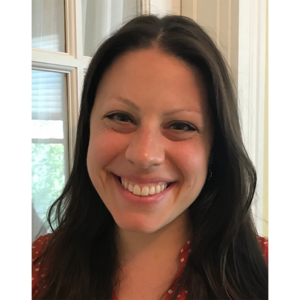2025-2026
-
Citra Aryandari
2025-2026 Short Term Fellow
-
Eleanor Craig
2025-2026 Short Term Fellow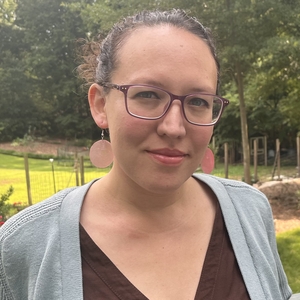
-
Matt Marble
2025-2026 Short Term Fellow
-
Alba Menéndez Pereda
2025-2026 Short Term Fellow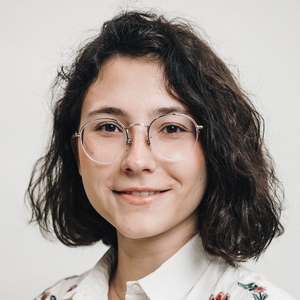
-
Sebastian Pietsch
2025-2026 Short Term Fellow
-
Desmond Sheehan
2025-2026 Short Term Fellow
-
Bethany Swann
2025-2026 Short Term Fellow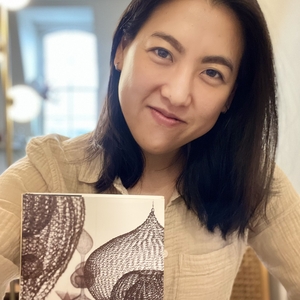
2024-2025
-
Meri Haami
2024-2025 Short Term Fellow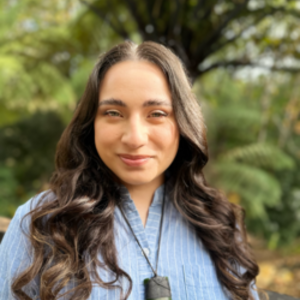
-
Nastasia Heckendorff
2024-2025 Short Term Fellow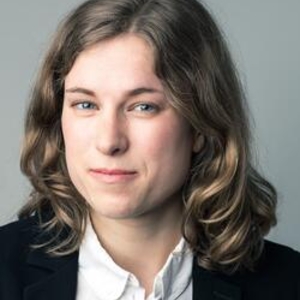
-
Adriana Sarbova
2024–2025 Short Term Fellow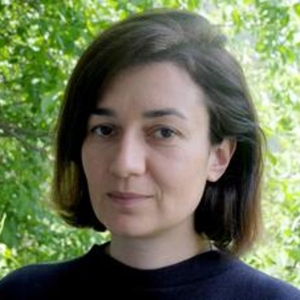
-
Emma Wimberg
2024-2025 Short Term Fellow
2023-2024
-
James Blasina
2023–2024 Short Term Fellow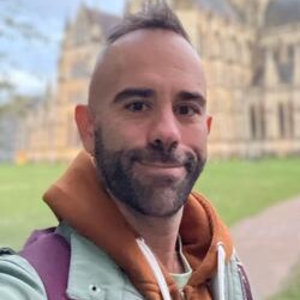
-
Barbara Crostini
2023–2024 Short Term Fellow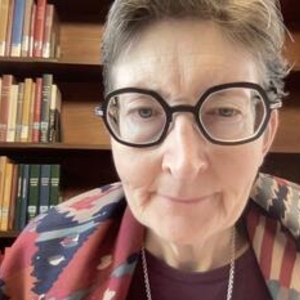
2022 – 2023
-
Blair Fowlkes Childs
2022–2023 Short Term Fellow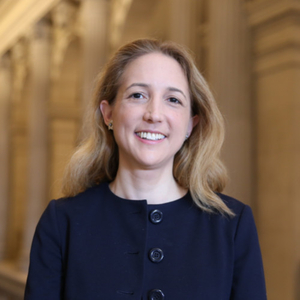
-
J. Christian Greer
2022–2023 Short Term Fellow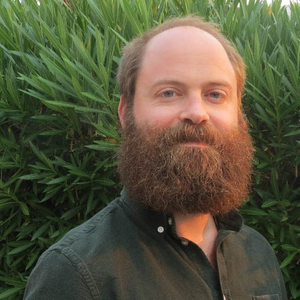
-
Elizabeth Knott
2022–2023 Short Term Fellow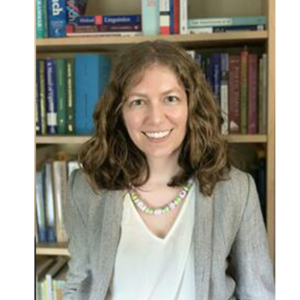
-
Joanna Murdoch
2022–2023 Short Term Fellow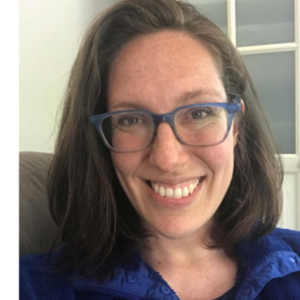
-
Todor Petev
2022–2023 Short Term Fellow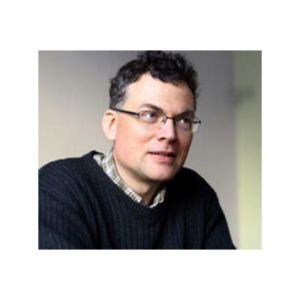
-
Maryanne Saunders
2022–2023 Short Term Fellow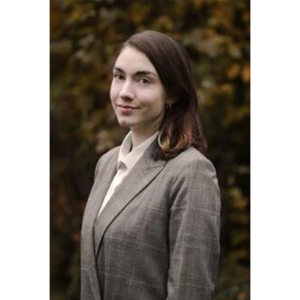
-
Victoria Tori Dalzell
2022-2023 Short Term Fellow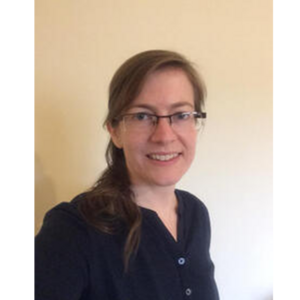
2019-2020 Short Term Fellows
-
Marcella A. Ernest
2019-2020 Short Term Fellow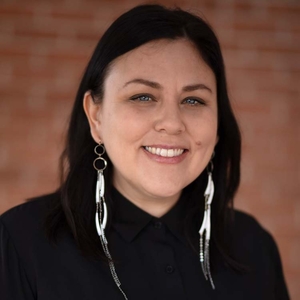
-
Kathy Foley
2019-2020 Short Term Fellow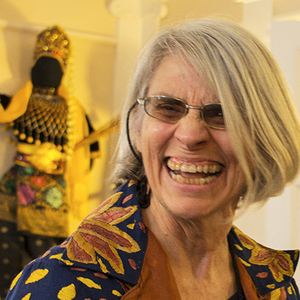
-
Eleanor Giraud
2019-2020 Short Term Fellow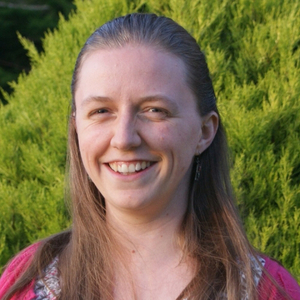
-
Amanda Vernon
2019-2020 Short Term Fellow